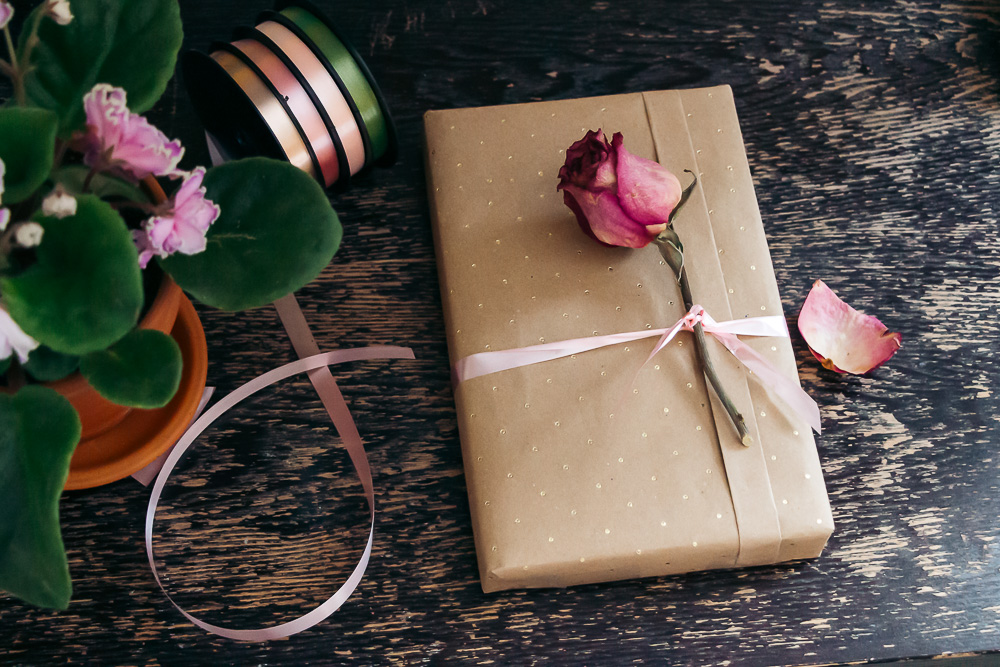Books have strange ways to sneak into your home library. Normally small, they don’t take a lot of space. So you add one or two books after every trip until you realize that that pile of books on your table needs immediate organizing.
Last updated: March 20, 2025
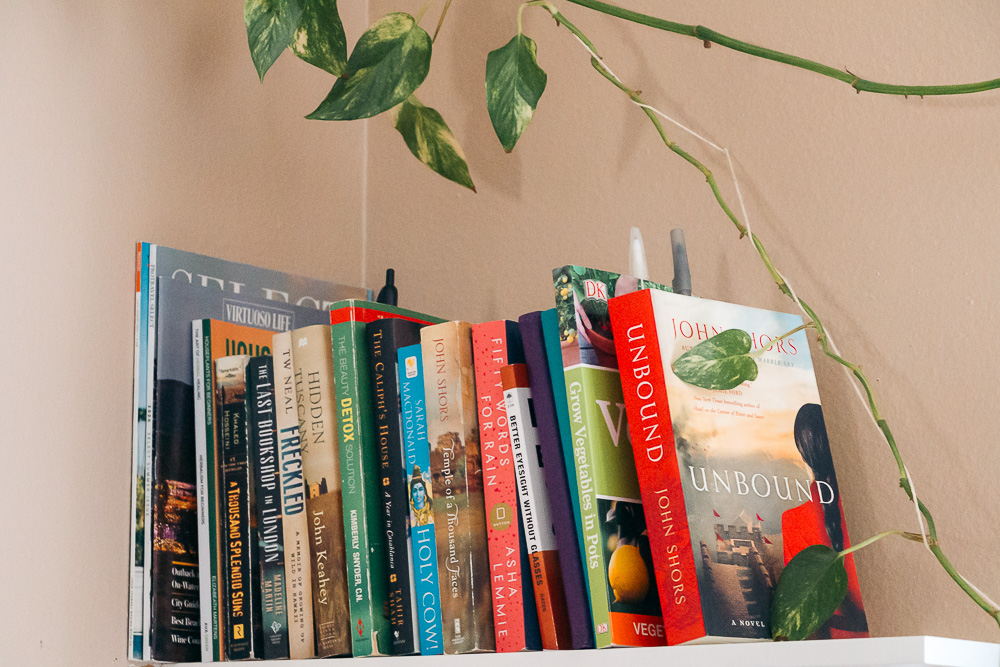
Creating a Home Library and Decluttering Your Bookshelves: 9 Tips to Best Organize Your Books
Never having had a large apartment, I always kept a small number of books in my home library. Some of my favorite reads lived on a bookshelf. Others were packed in a box. But even those, mostly paperbacks, that were on display, had to be organized every now and then as more new books were joining their ranks on a regular basis.
For a long time, I was buying most of my books at a local Salvation Army thrift store. When I needed a new novel, I would gather all those publications that I could easily part with and take them back to the same store. I still “organize” some of my books this way.
After we gave up on buying magnets and souvenirs when traveling, a good portion of our books started coming from our trips. These novels and guides swiftly replaced traditional gifts in our family and I now dreaded giving them away.
Things haven’t changed a lot since then…
As our home library continues to grow, I have to organize and reorganize our books from time to time. Sometimes, I still need to donate some of them. Most of the time, however, I look for a new home inside our apartment for those books that we want to keep.
These nine tips help me organize all the books in our home library without cluttering the entire space.
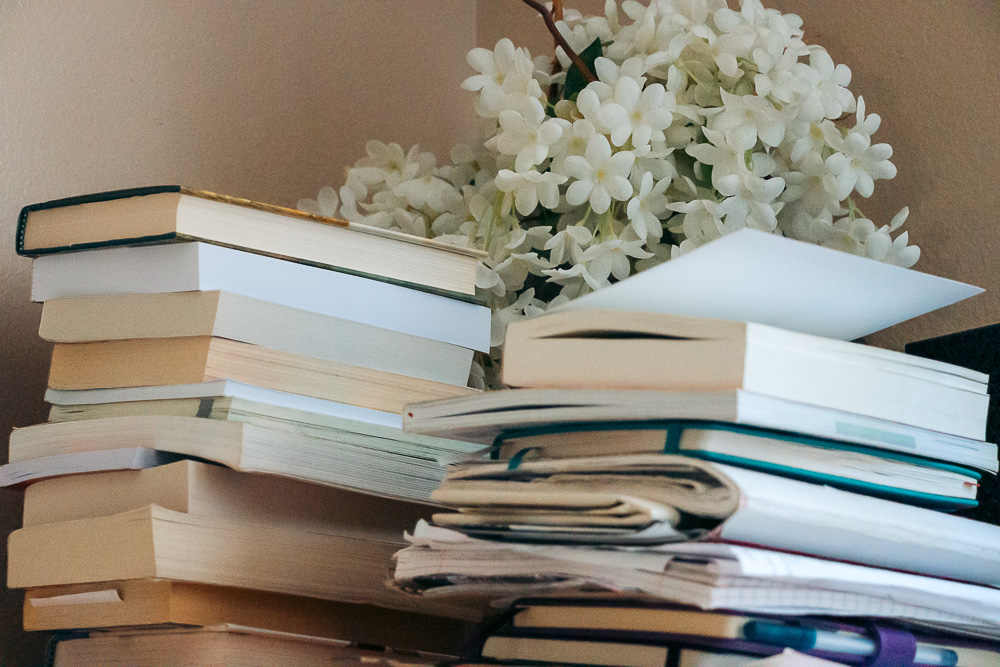
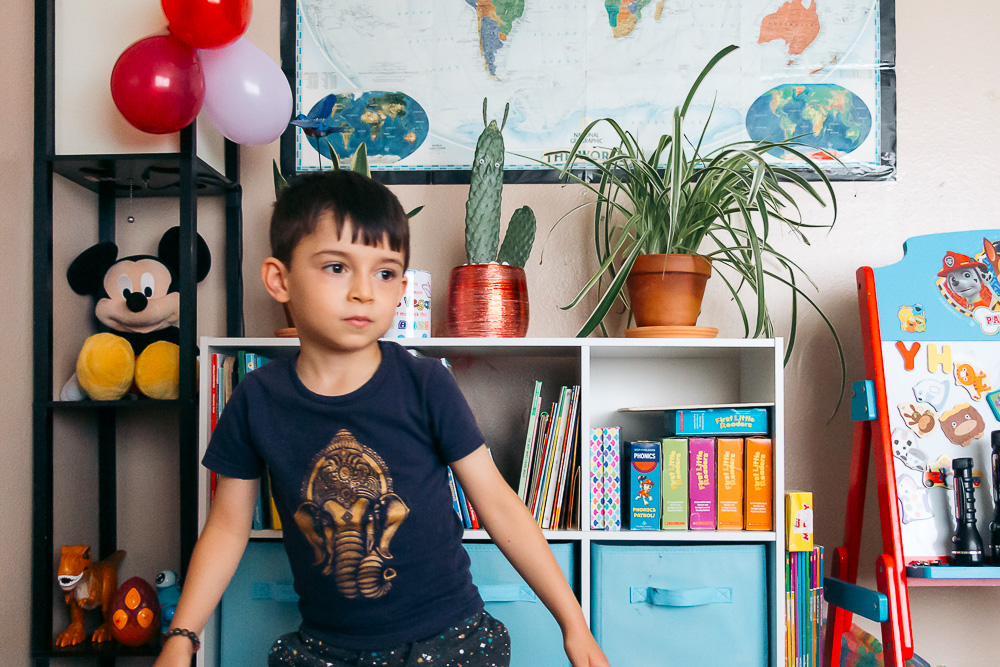
HOW TO ORGANIZE BOOKS IN YOUR HOME LIBRARY
1. Install a Traditional Bookshelf
A bookshelf is one of the best ways to organize the books in your home library. Its many shelves give a proper order to different categories and genres. You can cluster travel and adventure books in the center while devoting lower racks for your kid’s books.
Apart from its practicality and ability to organize most of your books in one place, a bookshelf radiates a bit of your personality. Its color and shape are the first things to unveil its owner’s taste. In a bright, sunny room, dark shades of the bookshelves balance the ambiance. In a home library that can use extra light, like ours, white and beige bookcases are preferable.
Finally, spice up the empty spaces between the books with indoor plants, memorable souvenirs, and pictures. This corner no matter how big or small it is will be your favorite and inspire you to grab a book every now and then.
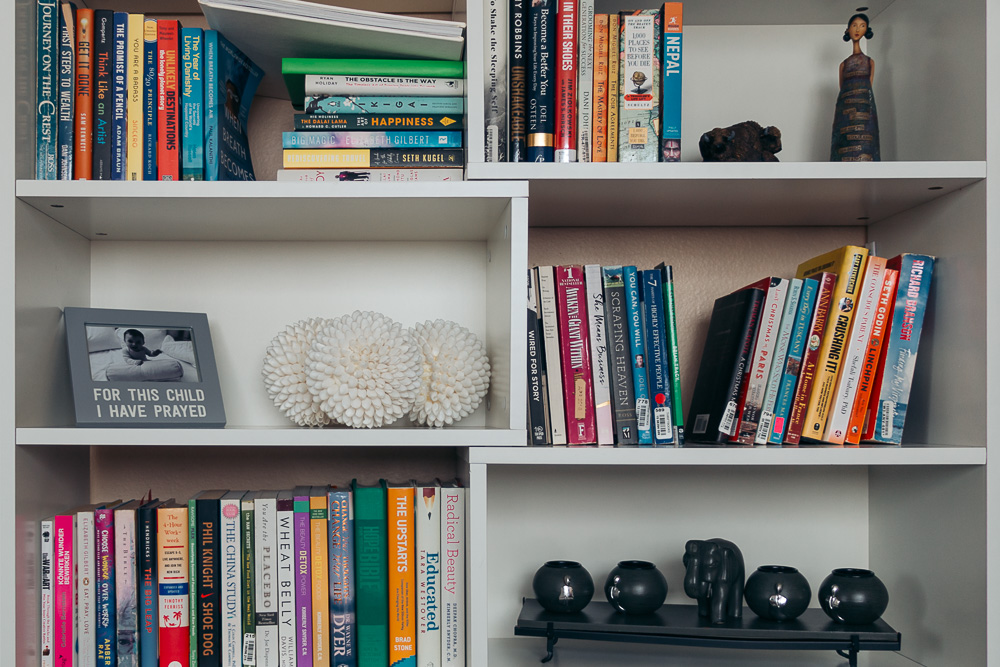
2. Use Vertical Spaces with Floating Shelves
I started thinking about floating shelves when an urgent need to organize kid’s books arose. We had a small cabinet to store most of Dylan’s and some of my books for a while.
But when the old cupboard served long enough and got deteriorated beyond repair, I “reorganized” my books on the floor and put Dylan’s paperbacks on a kid’s chair. It was supposed to be a temporary arrangement until I could find a proper bookshelf.
Nothing I looked at seemed to be right. The bookcases were either too big or the wrong color. Organizing Dylan’s home library, however, couldn’t wait any longer. Every day trying to find the right story, he would drop all the books on the floor. Picking them up would always require a helpful hand.
One day looking at that “mess” on the floor, I started pondering if we could install a pair of floating shelves. My brother happened to have a few that he had never used. Dylan and I went to work. We made sure to position each of the floating bookshelves low enough so that the boy could easily reach them.
TIP: If you think about organizing your own books this way, hang at least one of the floating bookshelves in a corner so the opposite wall provides support for those volumes that need to stand. A shelf with no support on both sides can host paperbacks that you want to display in a horizontal position.
Once you organize your books on the floating shelves, see if you can make room for a small potted flower or a box with pencils. These simple additions make your tiny home library both practical and pleasing to the eye.
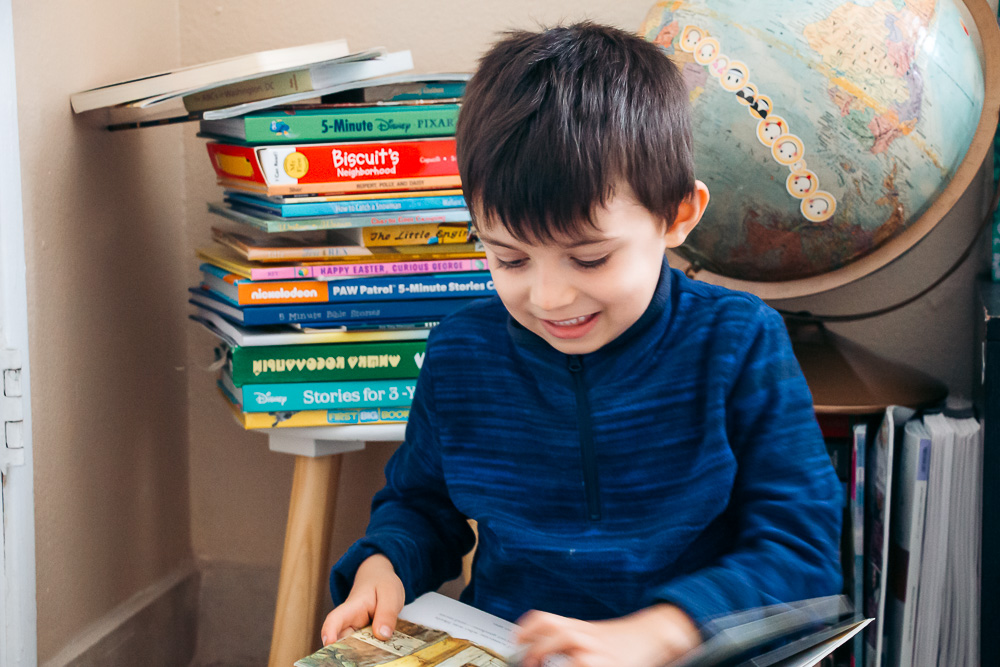
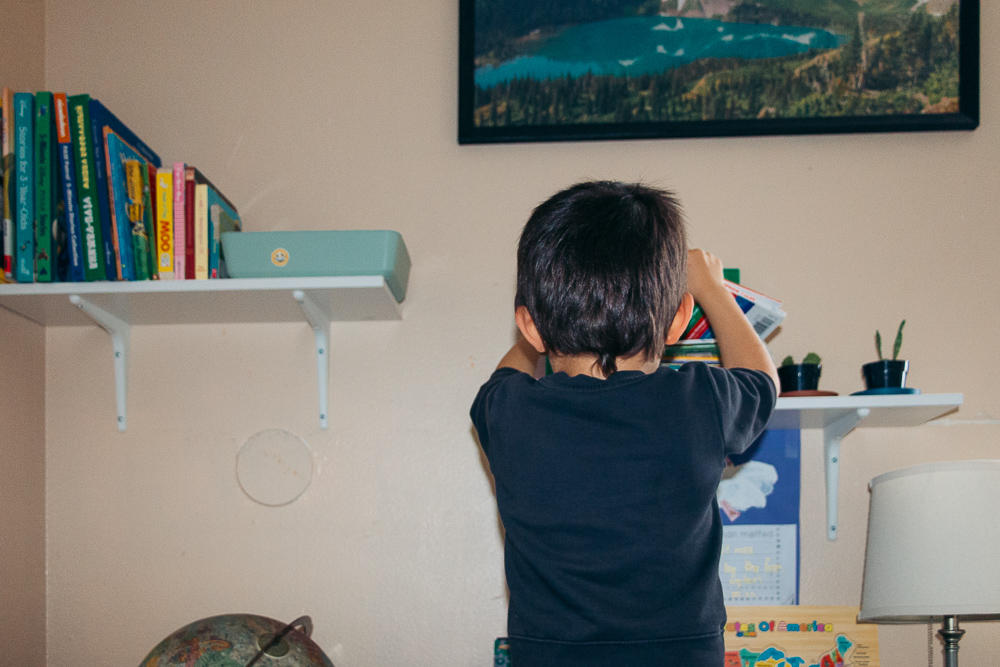
3. Utilize Empty Spaces
Don’t limit yourself. Use your creativity to organize your books and create a mini home library in the most unexpected places. Instead of coveting a perfect bookshelf that would fit in your house or apartment, find a shelf that you can turn into a book shelter.
There is always that cabinet with glass doors that seems too big for all of your dishes. A tiny nook under a staircase with narrow shelves that gather nothing but junk and dust. Declutter them all. Make more room for your books even if it’s only one tiny shelf.
The organized, easy to see and pick books are the best rewards for a little bit of work. And if you ask me, you can never go wrong with a few colorful book spines peeking out from different corners of a room.
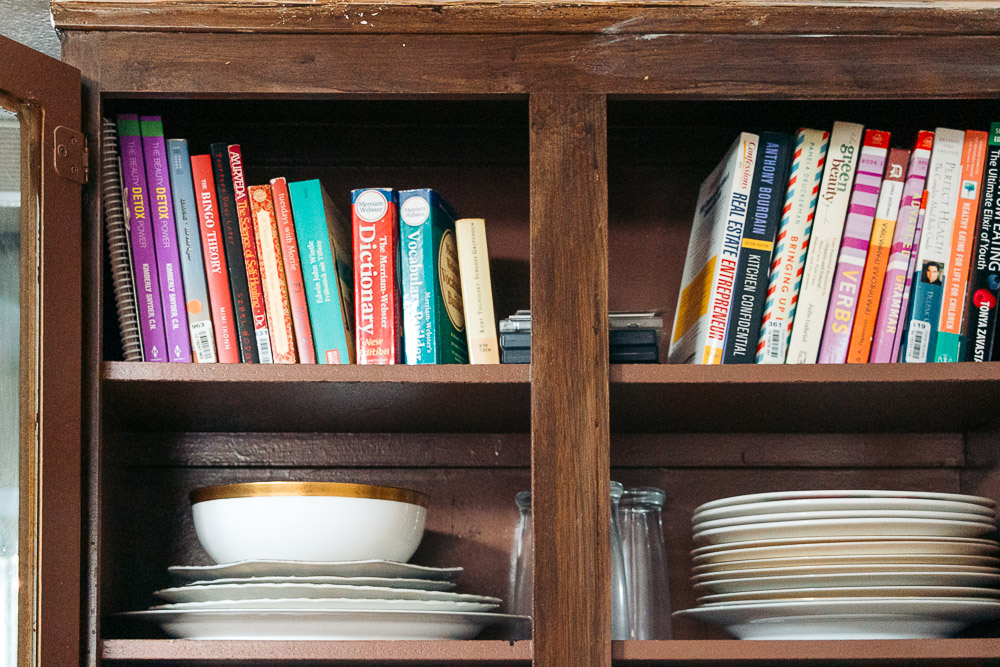
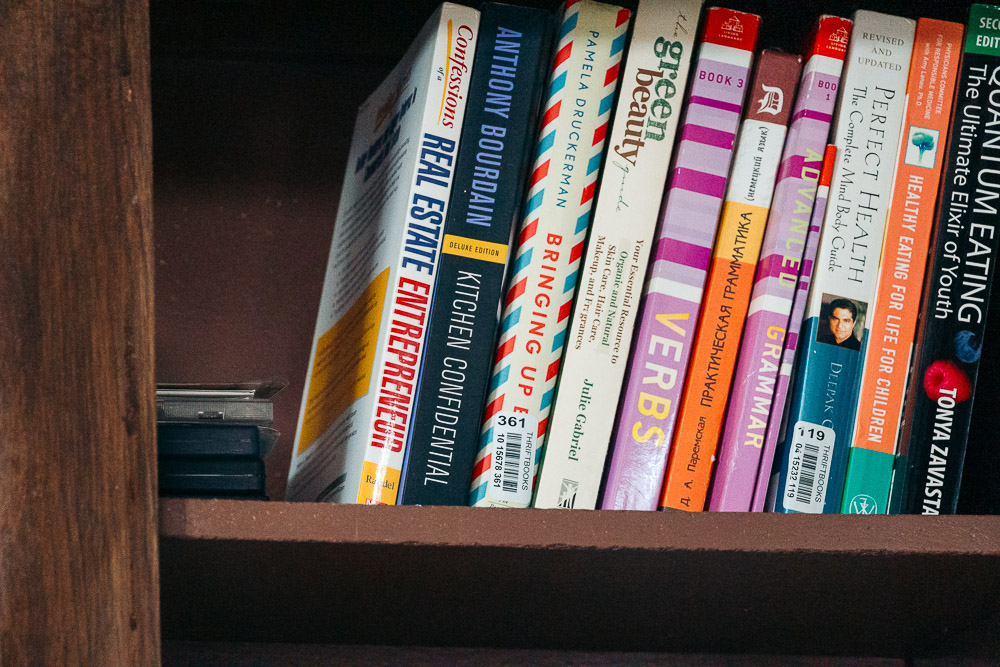
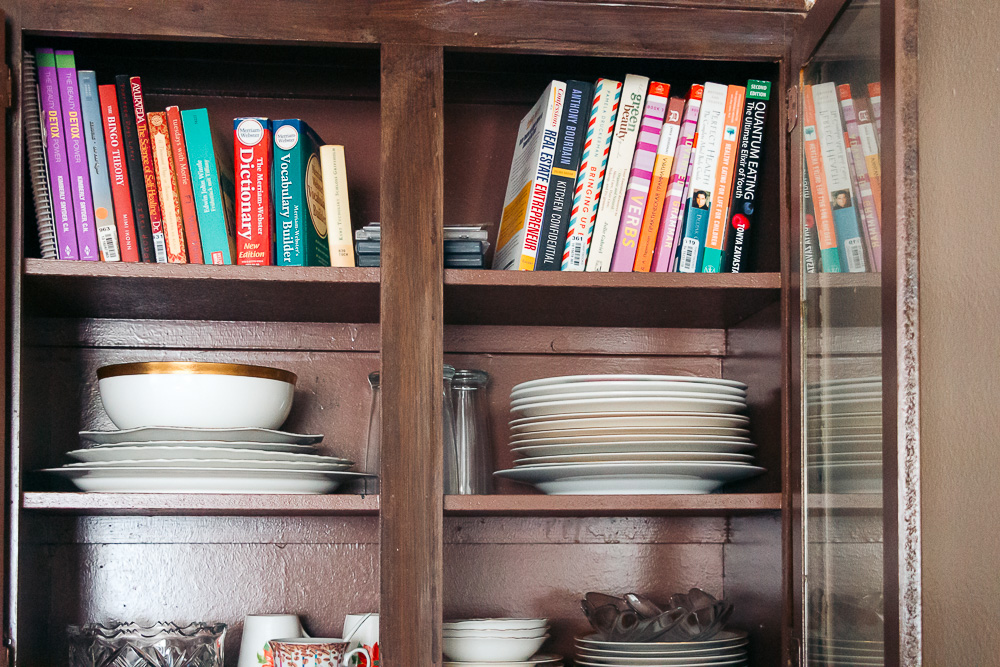
4. Organize Kids Books with Cube Storages
I’ve never been a big fan of cube storages. They may look cute with wicker boxes and a few eccentric vases strategically placed in their squares. But using them to organize the books, moreover making it a central piece of the home library seemed rather unflattering for me.
One day, however, I gave cube storage a try. Not out of curiosity, but rather out of necessity. Dylan’s toys and books started piling up in a corner of our living room. A wooden box that I used to organize my books, then his paperbacks couldn’t hold all of these reading treasures.
I started thinking how to sort out all that mess when I came across a 9-cube shelf. It was white, which suited our rather dark apartment, and affordable. With small kids coloring everything and putting fun stickers everywhere, you don’t need expensive furniture. Hold your nerve when your little designer decides to brighten up your classic but boring, according to him, bookshelf.
Needless to say, most of the children’s books fit the organized squares perfectly. Furthermore, you can buy cube storage bins and store small toys, pencils, coloring books, and play-doh. In other words, use a cube shelf in your child’s home library to organize the books, art and craft supplies, and everything else your kid cherishes.
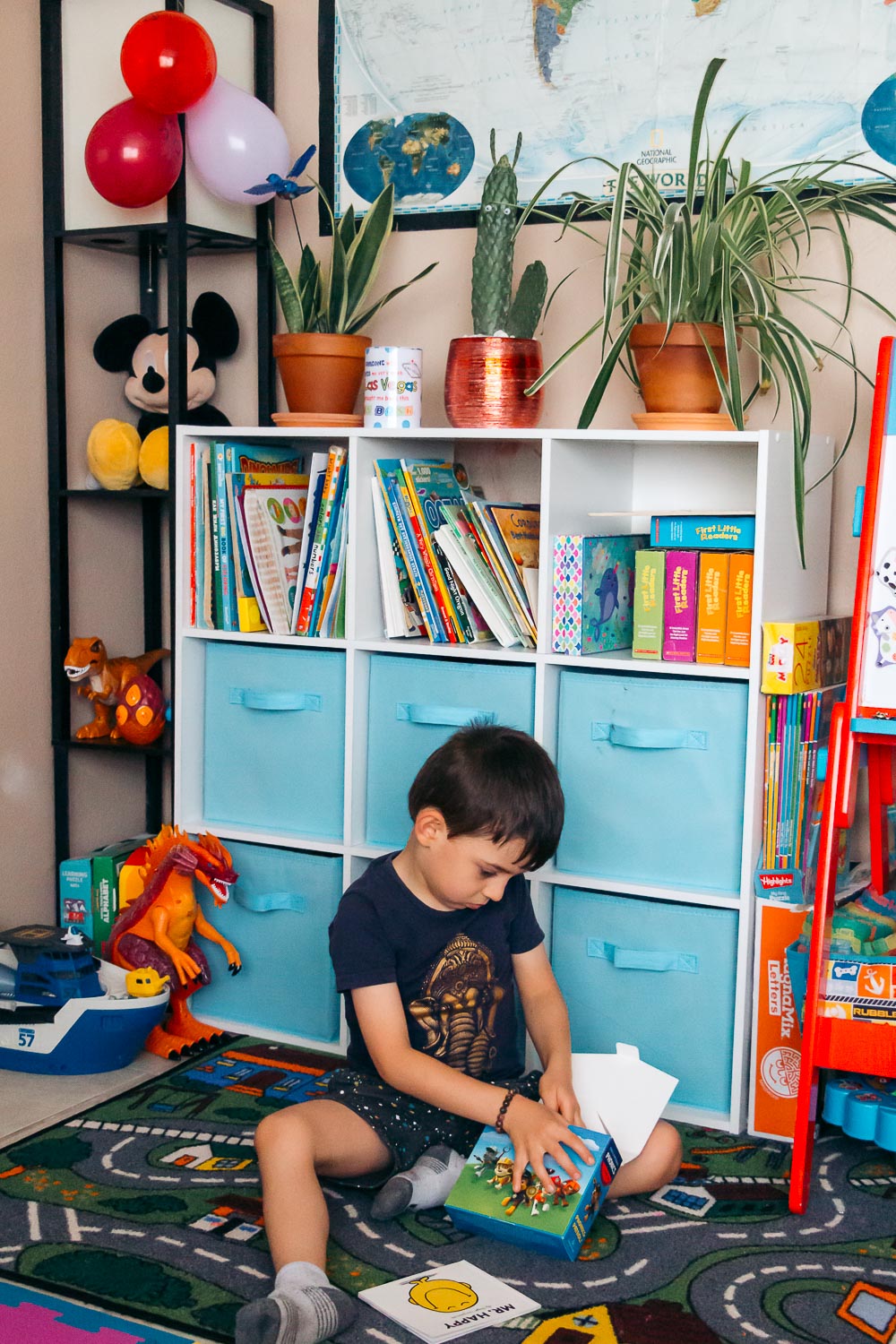
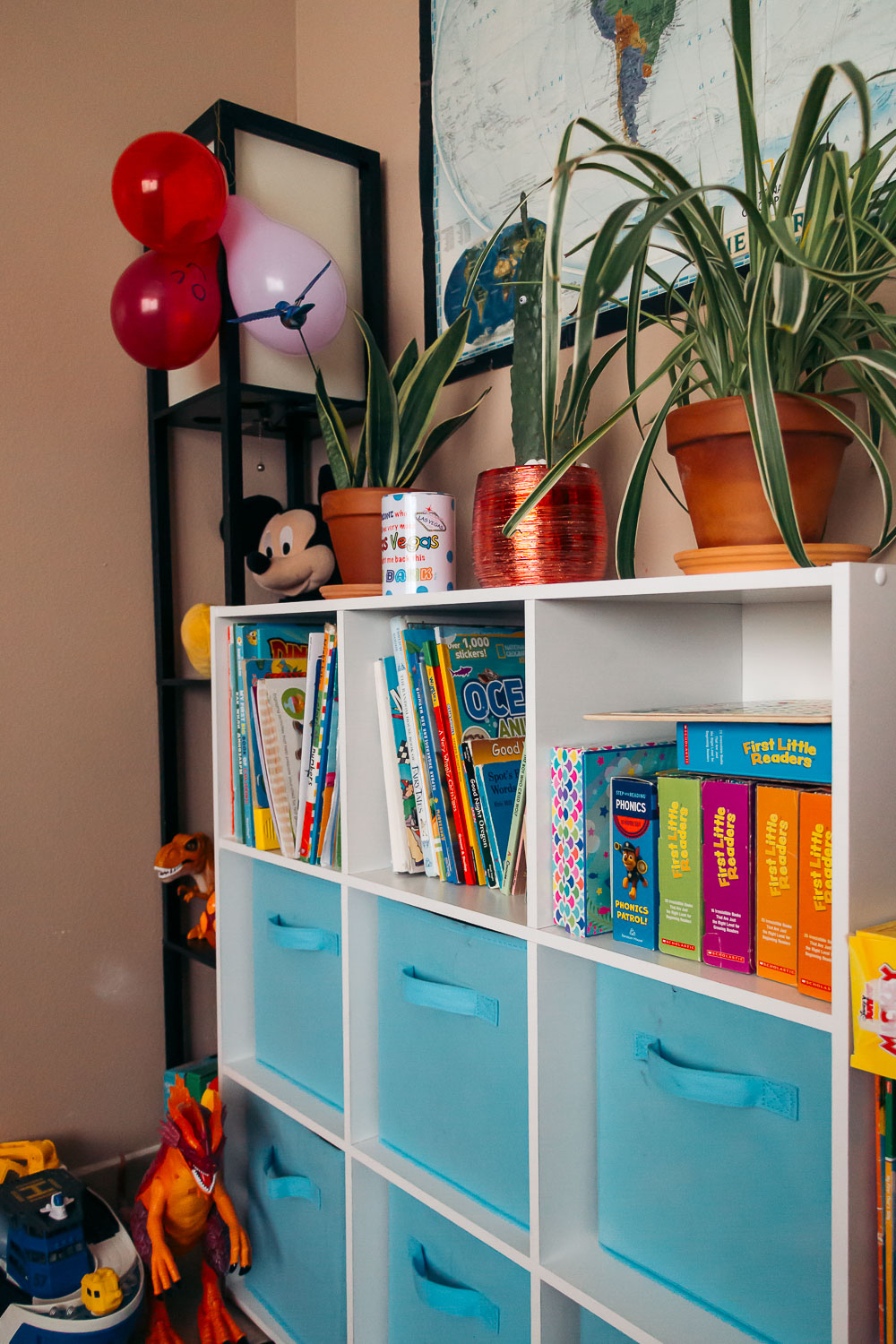
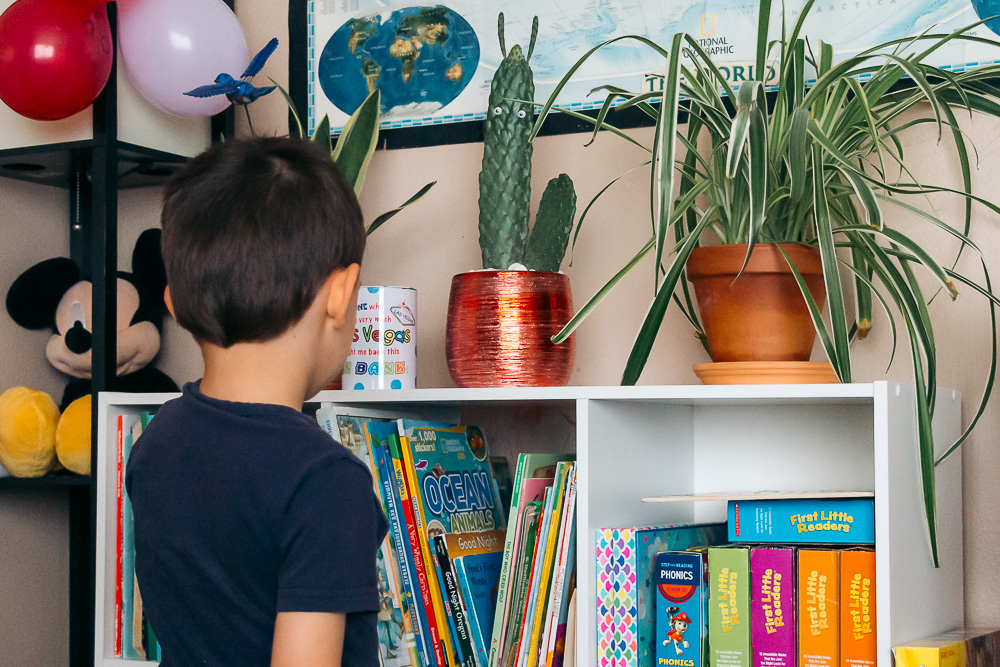
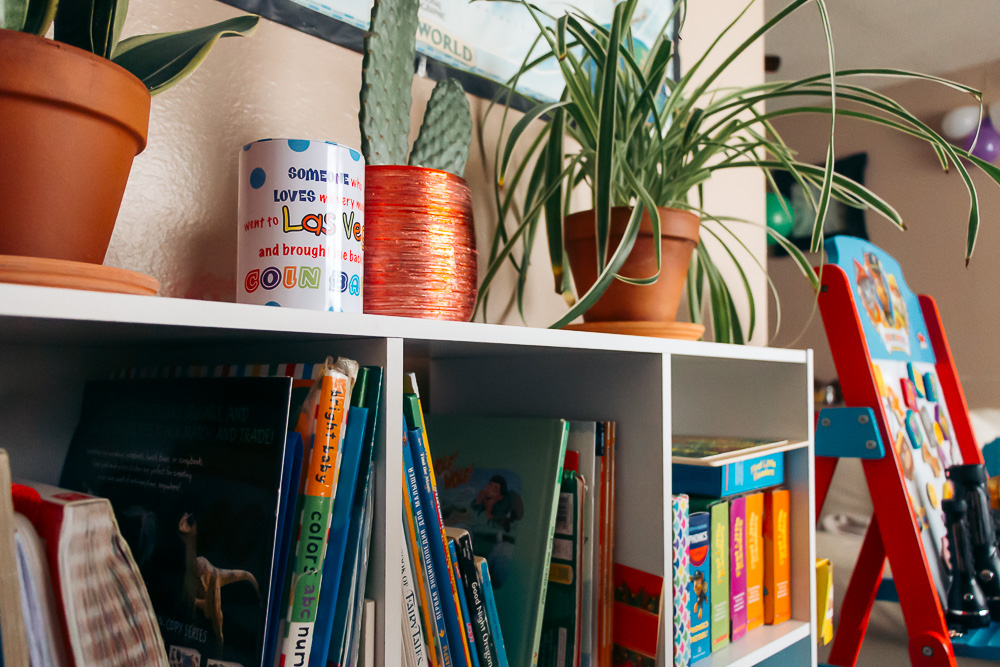
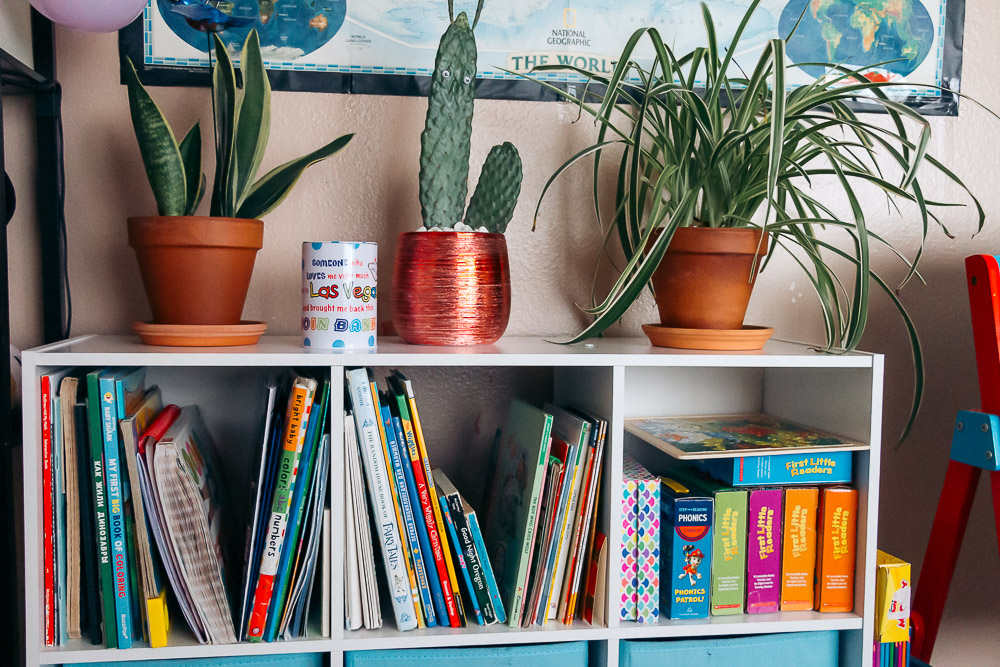
5. Keep Some Books in Boxes Rather than on the Shelves
Big home libraries in big houses provide enough room to keep every book you’ve ever laid your hands on on display. Small apartments make it a little bit difficult. Their dwellers often need to be selective with their reads.
Yet it doesn’t mean that you have to say goodbye to the books worn out by time and too much reading. Organize them in a box and store in a basement or closet under the stairs for the time being.
I used to keep many of my books neatly organized in a few sturdy boxes tucked inside my kitchen cabinet. One box that I was planning to donate was even riding in my car trunk for months on end. When I finally decided to reorganize those books, I was pleased that I hadn’t gotten rid of them yet. What treasures were inside those three large boxes!
Yet the time came when I finally let those volumes hidden in the “storage room” of our home library go. I organized all those books once again. Some ended up on a freshly decluttered bookshelf. Many others found their last temporary home in a double paper bag. I was ready to part with them.
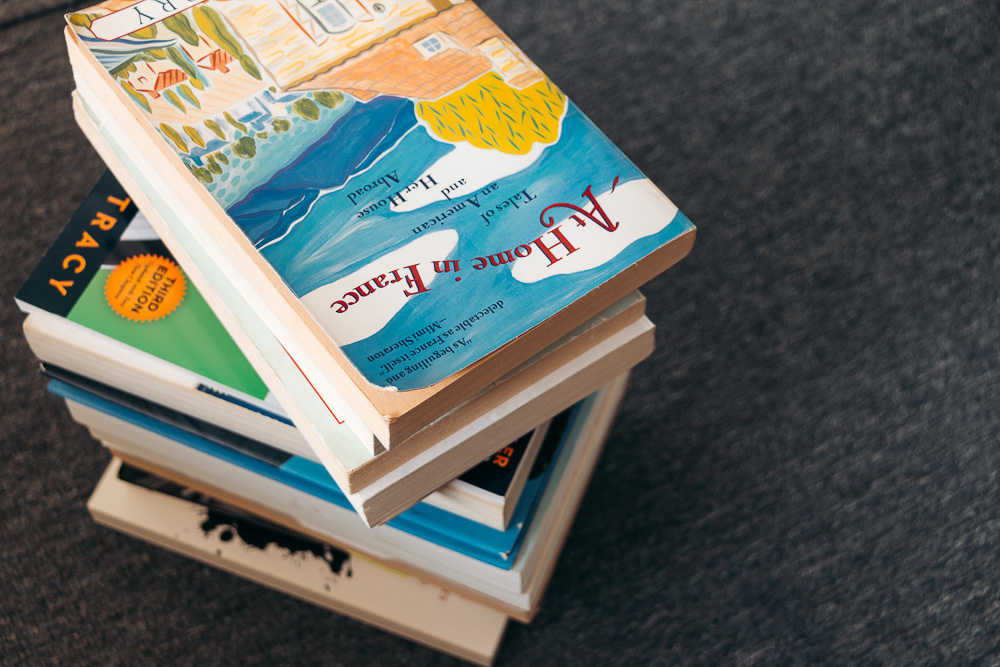
6. Donate Books
That double paper bag packed with the books to the brim was going to a Salvation Army or any other donation centers. I had donated the books before and will certainly do it in the future.
To make it easier to organize my books and decide which should stay in our home library and which should go, I ask a simple question, “Will I want to read this book again?” If the answer is no, the book is ready to find a new owner and a new library to reside in.
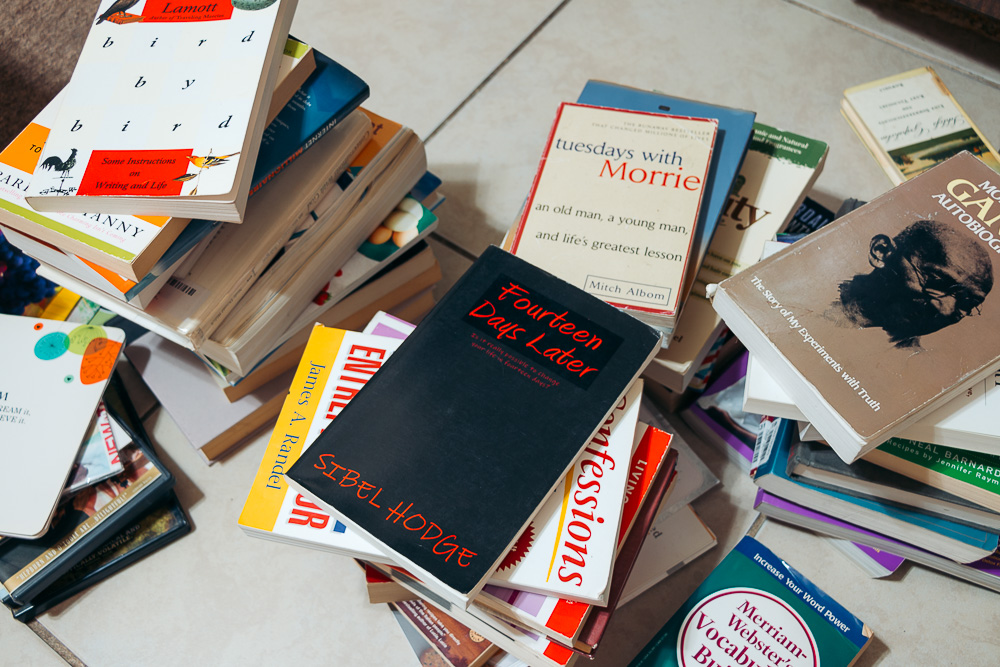
7. Sell Your Books
Alternatively, you can sell the books you don’t want to keep in your home library any longer. Many years ago, I traded my textbooks on eBay, Half.com, and Amazon. I use the word “trade” rather than “sell” for a reason.
Textbooks in America are expensive. In some cases, college tuition is lower than the price of textbooks required for that semester. Interestingly, the same textbook gets republished almost every year, with little changes.
Equipped with my 4-year university experience from Eastern Europe where students don’t buy too many books (they borrow them from a library or make photocopies of the pages they need), when I went to a university in the USA, I was buying old editions of the textbooks on the aforementioned websites for a fraction of the prices that the majority of my new classmates payed for their textbooks.
A business law book that cost over $200, I got for $20. A quick stop at a library to check how different my new “old” book was from the latest edition and occasionally making several photocopies of the pages that contained additional information cost a few dollars on top of the price that I had already paid. In the end, I was still saving tons of money each semester.
As my appreciation to all those sellers for helping me get a diploma without falling in a student loan trap, I was returning the favor. Similar to the people I was buying my older textbooks from, I was reselling the college books for a couple of dollars.
Often, all I charged was the price to cover shipping costs. This way, I not only organized my books, keeping only the favorites in my then meager home library, but, I hope, helped somebody to avoid all those unnecessary student debts.
Inspired by my success at selling the textbooks, I “reorganized” my fiction books and CDs. The truth is I didn’t make a fortune selling them, not that I was trying. Yet it’s another great way to reorganize your home library.
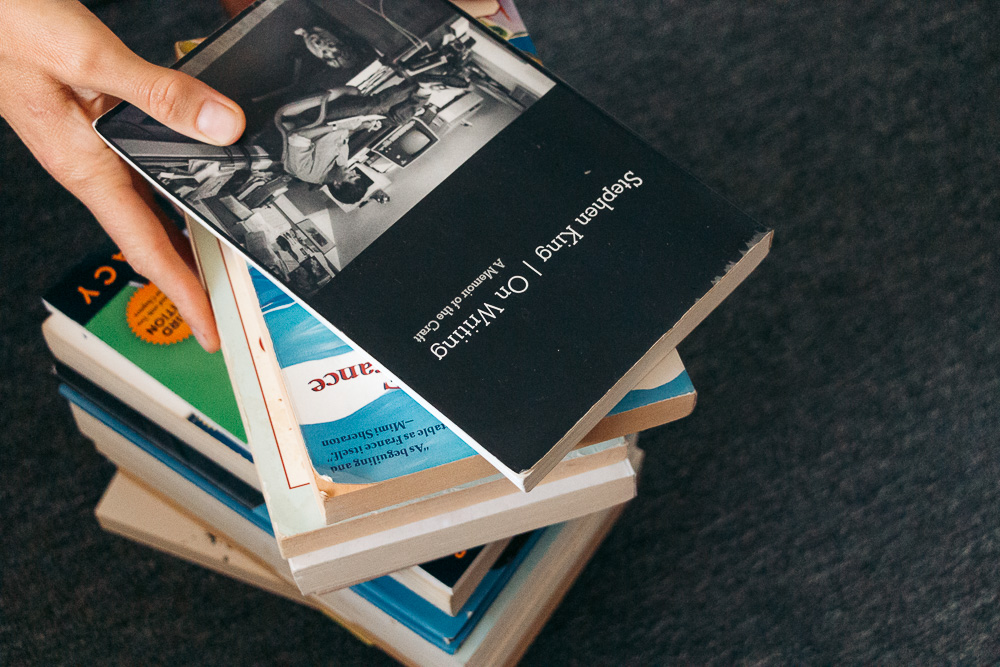
8. Create a Reading Nook
Ideally, you want to have a separate room in your house filled with books of all genres where you can spend hours upon hours reading. For many, including us, it’s wishful thinking. Yet a small reading nook can be organized even in a tiny apartment.
For me it’s been a box-table by a couch in our living room. At first it was a place to rest a book I was currently reading. Then I started adding new books that I was planning to read next.
Before long, the covered box that served as a table lost its appeal. Two tall piles of books and notebooks permanently occupied it. I frequently reorganized those books, replacing the ones I had already read with the newly arrived paperbacks. But all that “mess” had to be dealt with sooner or later.
A few days after I put up the floating shelves for Dylan, I hung one in my reading nook as well. The area still serves the same purpose, but looks cozy once again.
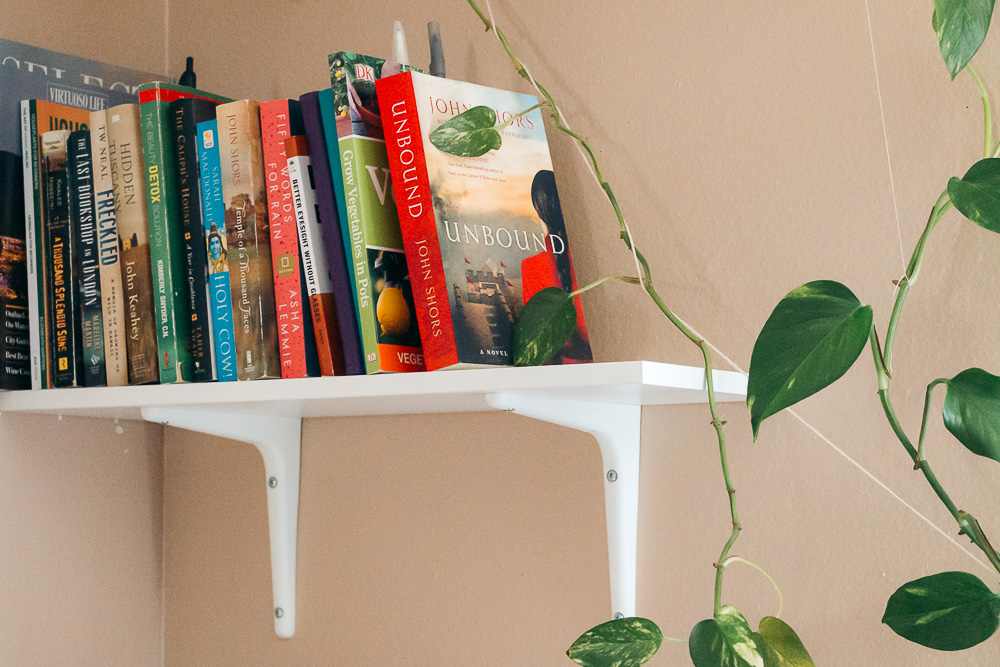
9. Give Away Your Books as Gifts
What better way to part with your favorite book than give it away as a gift? You need neither a specific occasion nor a brand-new book to brighten up a day of your fellow book lover. Wrap it in brown paper, tie a pastel color ribbon on the book, and decorate it with some dry or fresh flowers or herbs. It’s a perfect gift for any avid reader!
If you are not ready to let the book go, keeping this wrapped paperback on your own bookshelf adds a rusting feel to your home library.
